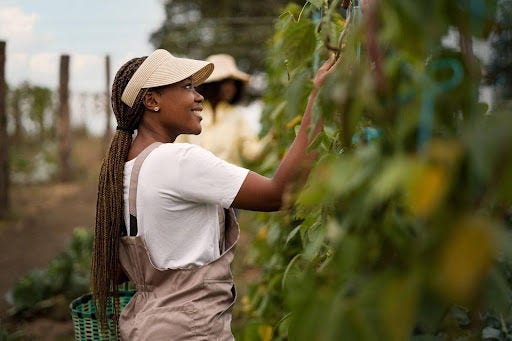Preparation is essential. GACC inspectors will scrutinise pest management practices, packhouse hygiene, cold-chain integrity, and traceability systems the backbone of fruit quality and safety assurance. Exporters must be ready to meet these exacting standards.
Starting internal audits now is the smartest move. Ensuring your farm and packhouse documentation is thorough and your processes align with Chinese requirements will smooth the path to approval.
Navigating Logistics to Keep Fruit Fresh
Post-approval, the clock keeps ticking. With perishables and a tight harvest window, exporters need robust logistics strategies that combine expedited sea freight and air freight options based on certification timing.
Partnering with proven logistics experts, such as DHL’s Reefer Foods service, can make all the difference. Their global reach and experience handling delicate cargo guarantee your fruit arrives in China fresh, on schedule, and ready for market.
The Economic Promise
The potential payoff is significant. Market specialists estimate this new access to China could bring in around R400 million over five years, possibly doubling to R800 million within a decade, and creating nearly 1,000 new jobs. The first season alone (2025/26) might generate R28 million, climbing to R54 million in the following year.
China’s demand for stone fruit like peaches and plums already exceeds what South Africa currently produces, signaling a wealth of growth potential.

















